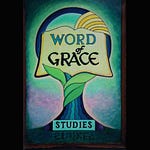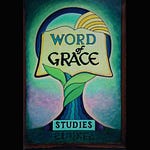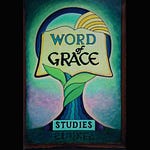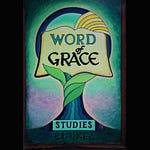The Beginning of the Church
The beginning of the Church is marked by the coming of the promised Comforter, as recorded in Acts 1:4–8. This event initiated the transition of believing Jews into the Church. All those present in the upper room received the Holy Spirit (Acts 2:3), and many devout Jews in Jerusalem who believed in Christ’s resurrection became part of the Church (Acts 2:41).
The Jews who believed in Christ during His earthly ministry, along with those who believed in His resurrection, came under the new covenant (Hebrews 8:6). As a nation, Israel was given the opportunity to accept their resurrected Messiah (Luke 13:6–9), but ultimately, Israel rejected the offer. Consequently, salvation was extended to the Gentiles (Acts 7:59; 10:44), approximately one year after Christ's resurrection.
The Beginning of the Dispensation of Grace
The dispensation of grace began with the conversion of Paul, who was transitioned into the Church in Acts 9:3–6. Paul was appointed as the steward of the dispensation of grace (Acts 9:15; Ephesians 3:2), marking a new phase in God’s administration.
The Twelve Apostles
The term “The Twelve” refers to the leaders of the assembly in Jerusalem and is not exclusively a reference to the twelve disciples of the Lamb. It became synonymous with the leadership of the Jerusalem assembly, as seen in 1 Corinthians 15:5—where Paul mentions “the twelve” without including Peter by name, indicating that the group was collectively recognized by this term. These men served as the first leaders of the Church (Acts 6:2), beginning with the replacement of Judas Iscariot (Acts 1:26).
As apostles passed away, the Jerusalem assembly appointed others to continue the leadership. Notably, Barnabas is identified as an apostle in Acts 14:14, and James, the half-brother of Jesus, also held this role (Galatians 1:19). James became a believer after the resurrection, to whom Christ personally appeared (1 Corinthians 15:7).
However, there are only Twelve Apostles of the Lamb, as stated in Revelation 21:14. The eleven disciples are apostles to the Church in Israel (Romans 11:13; Galatians 2:9), and Paul is the twelfth, described as one born out of due time (1 Corinthians 15:8–9). Christ also gave apostles to the Church more broadly, as part of His spiritual gifts (Ephesians 4:11).
There Is Only One Church
The Church came into existence on the Day of Pentecost, marking the transition of Jewish Messianic believers into the Church. The Church is identified as the body of the Christ. The Christ is the new creation God brought forth in raising Jesus from the dead (2 Corinthians 5:17). Within this body, Christ is the Head, and the Church is His body (Ephesians 1:22–23). There is only one body, unified by one Spirit and one faith (Ephesians 4:3–6), and within it, both Jew and Gentile are equal (Galatians 3:28; Colossians 3:11).
The Books of the Bible for the Church
The Old Testament provides instruction and admonishment for the Church (Romans 15:4; 1 Corinthians 10:11). John 13–17 contains foundational information regarding the new covenant, the new commandment, and the relationship of the Church with Christ. The writings of Paul are doctrinal in nature, laying the foundation for Church teaching. The writings of other apostles and leaders—such as Peter, James, Jude, and John—focus on the application of doctrine in daily life. The book of Revelation is written for the Church to understand what is soon to come (Revelation 1:1–3).










